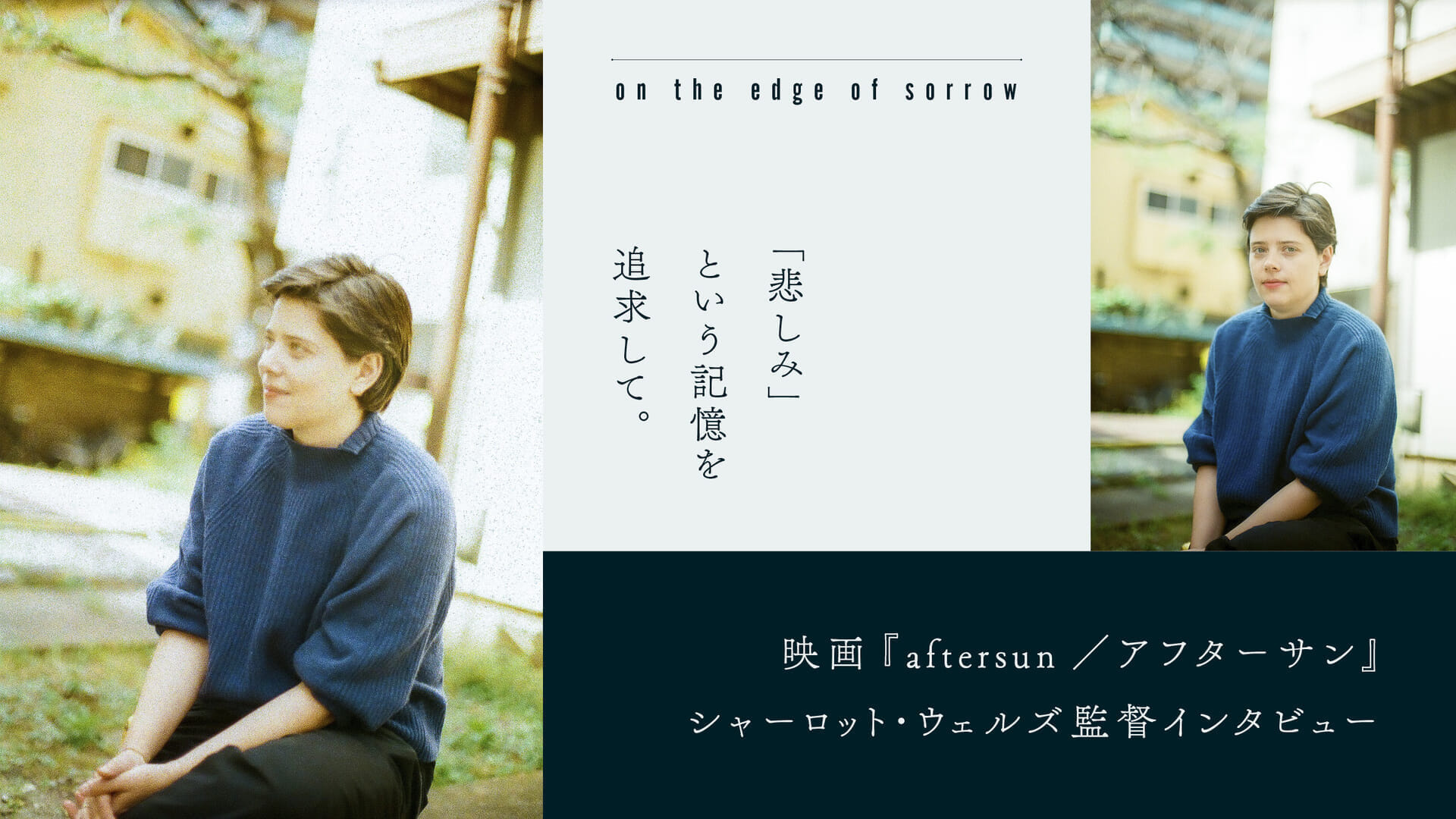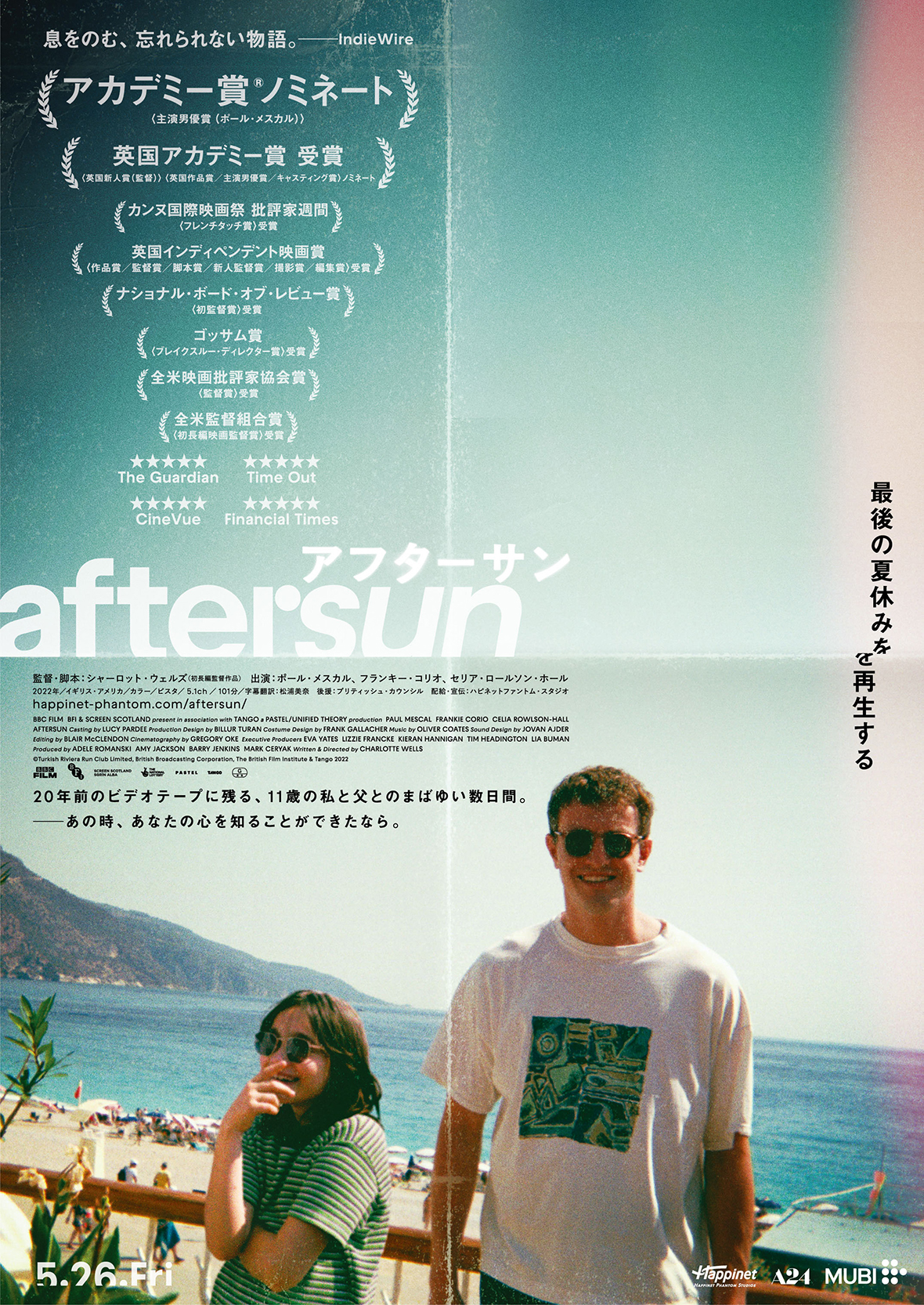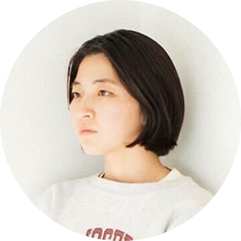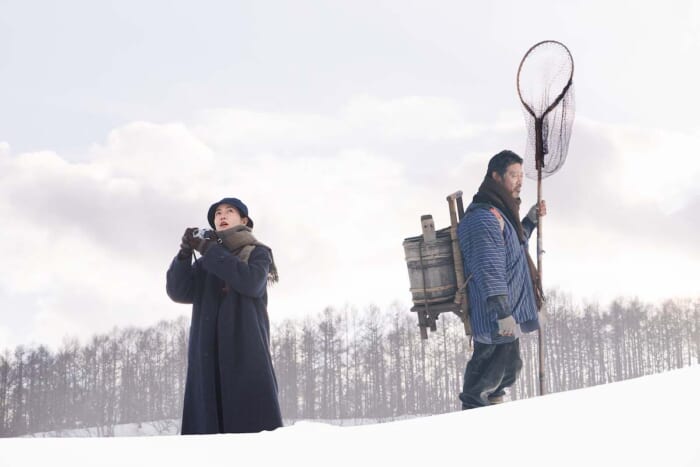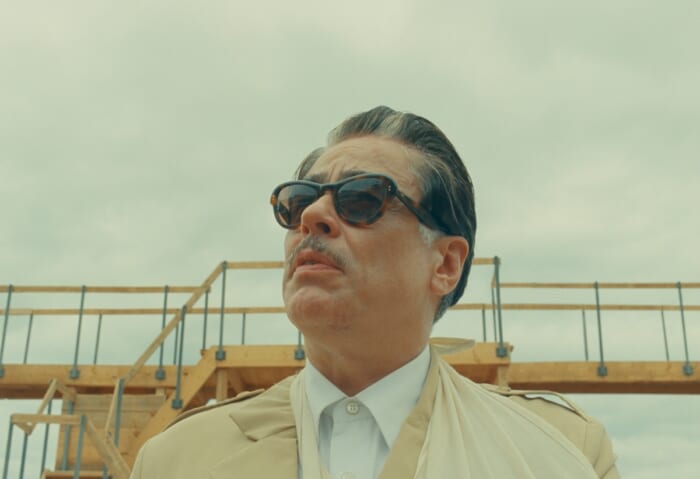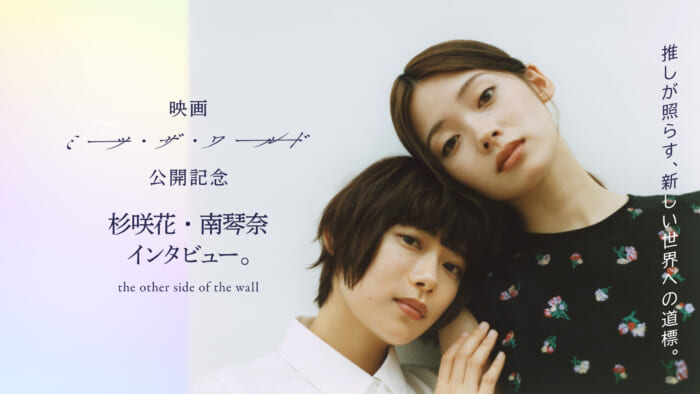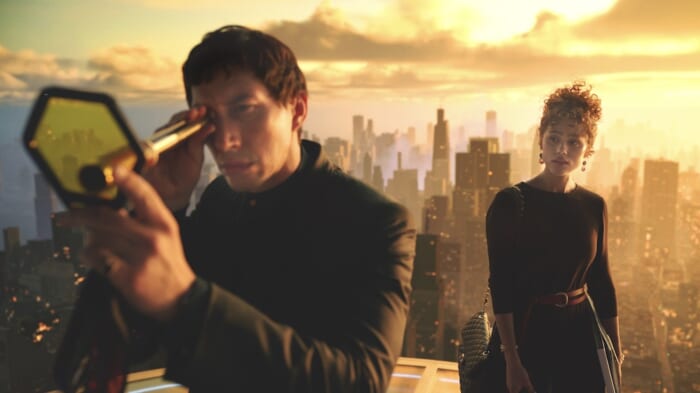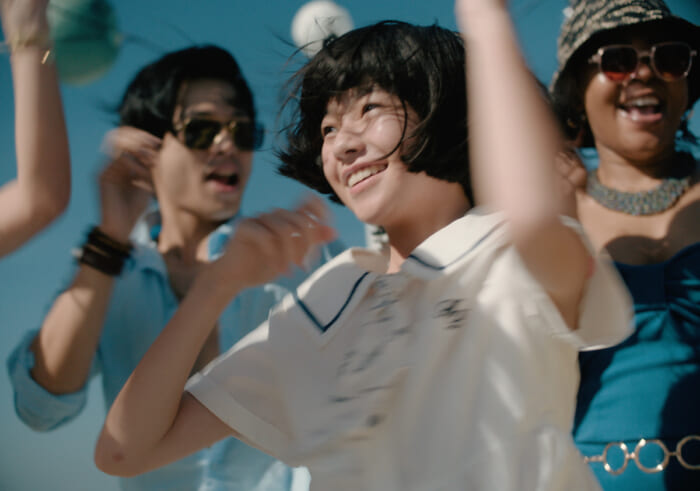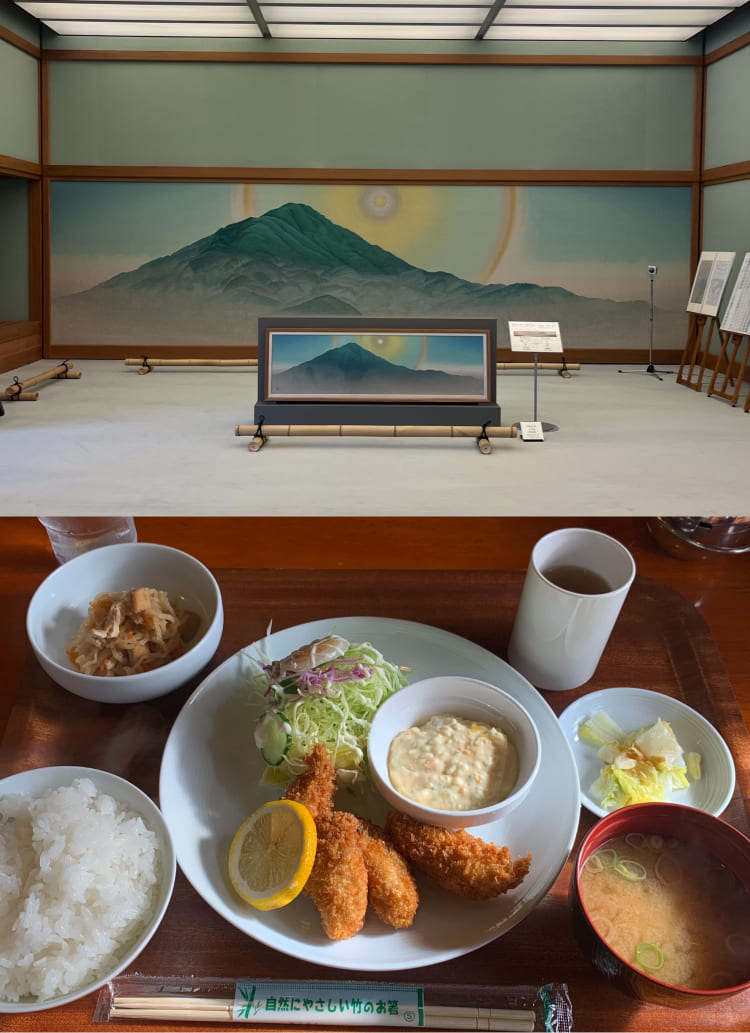Filmmaker Charlotte Wells, as captured by Yuka Eda.
PROFILE
Born in Gunma Prefecture in 1994. A film director, his first feature film "Shojo KAIKOU" (Encounter with a Girl), which he produced at the age of 23, became an exceptionally long-running hit despite being an independent film. Since then, he has been actively involved in music videos for musicians, TV dramas, and other productions. As a photographer, he also shoots artist photos and advertisement photos.
Instagram: @edmm32
Twitter: @edmm32





Branches: Watching the movie brought back memories of my own childhood, the scenery, and the feeling that I was no stranger to it. When I thought about why my own memories were dredged up so much, I felt that this film had many back shots of the father from the daughter's point of view, and that there were many scenes where we could not see how he was feeling. Was this something that you were aware of in your own mind as a director, or what was your intention when visualizing your own memories?
Wells: Thinking about how to project was the most enjoyable part of making this film, and the cinematographer and I spent about an hour per page of the script discussing it. During the shooting, we repeatedly shot five pages forward and then one page back. So it is a series of shots that were done after a great deal of thought.
Branches: It's amazing. ......
Wells: The work is depicted through several perspectives. First is the third person's point of view, a scene that gives a bird's eye view of the two of them. Next is the child's point of view. This is a long shot, with close-ups of the child's hands and eyes. Also, Callum's point of view is the one in Sophie's imagination and memories. The shots are wider than usual and taken from a great distance. I wanted to express that her father is unreachable and difficult for Sophie to fully understand by shooting him through a mirror, a wall, or some other obstacle.
Branches: The scene where Sophie captures her father's reflection in the mirror on the video camera was impressive.
Wells: Thank you very much. Everything is written in the script, but I am glad to have this kind of interpretation because all the scenes were lived by discussing with the cinematographer and pointing the camera.



